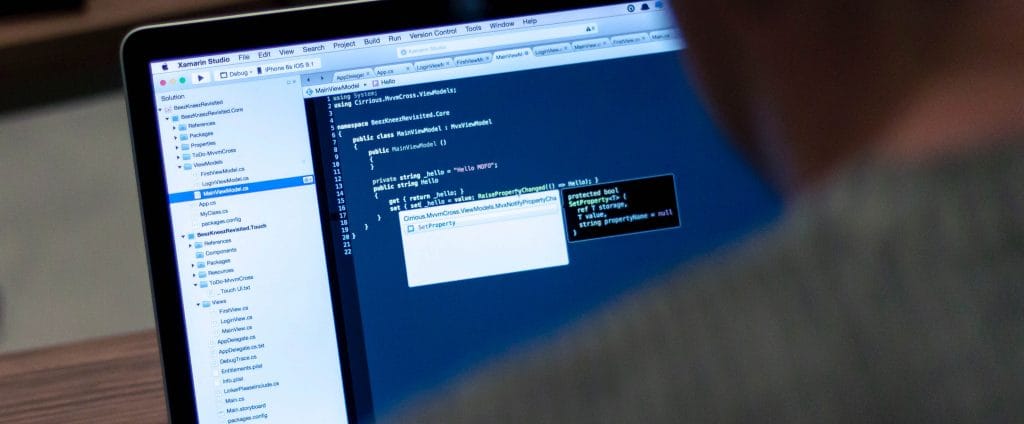Wannacry Ransomware Attack: How to Protect Your Business?
September 10, 2024
A cyberattack that shook the world – In 2017, the WannaCry Ransomware attack targeted businesses using Windows os and demanded $300 worth of bitcoins. It was one of the first incidents of Ransomware attacks. A worm that blocks the user from accessing the computer. To unblock it you have to pay a ransom. Even after paying ransom, there is some doubt about whether anyone got their files back or not. Some researchers claimed that no one got their data back. So, it is better to consider why it is not a good idea to pay ransom if you experience a ransomware attack and instead focus on how to prevent ransomware attacks.
It is estimated that this attack caused around $4 billion in losses globally. Around 230,000 computers were compromised, and around 150 countries were affected.
So, how do you protect your business from such attacks?
Wannacry attack was dangerous because it functioned as a worm, allowing it to spread automatically across networks without user intervention. It is better to take security prevention for such attacks. We will explore a few key protection practices.
Steps to Help Prevent Wannacry Ransomware Attack
To protect your Business from WannaCry and similar ransomware, proactive measures are essential. The following steps are followed:
1. Develop a comprehensive security plan
Create an IT security strategy that outlines how to protect data and secure your network from such threats. Prepare what to do if you are under attack, and what measures you are taking to secure your data. Regularly update and review these strategies for robust security.
2. Educate Employees
Conduct training sessions and teach employees about these kinds of cyberattacks, how to protect devices, and what not to do when you are under threat. Additionally, teach them what are the possible ways any cyberattack can happen for future reference. Regular training helps create a security-conscious culture within the organization.
Learn how Pegasus spyware can hack your phone.
3. Do not click on suspicious links
Clicking on unknown links can result in downloading worms or viruses into your system. These links act as bait to insert viruses into the system. Never trust any external links or click until and unless it is officially given to you. People tend to click on links out of curiosity. Warn them and educate your employees about these kinds of links and other ways of cyberattacks. Furthermore, downloading data from unknown sites increases the likelihood of downloading ransomware. Be secure before you download something from any website.
4. Implement strong passwords and enable multi-factor authentication
It is possible to infect your system with viruses from external devices. Keep your system password protected so no one can access your system without your permission. Enable multi-factor authentication (MFA) to secure access to sensitive data within your system. This adds an extra layer of security to your data before accessing any sensitive data. Make sure you are using different passwords for multiple access points.
5. Update Your Software Regularly
One of the major reasons for the WannaCry cyberattack was older versions of Windows. Those who were infected with it either used older versions of Windows or didn’t update the security patch. For this reason, one should always update their software and operating systems regularly.
6. Secure your network
Use firewalls and antivirus software to protect your network from unauthorized access and malware. Secure your wireless network with strong encryption protocols. Use a VPN when you are using Public WIFI for work purposes. Public Wi-Fi is not protected and your system is at risk of malware.
Defend your network with our enhanced and automated threat detection management system.
7. Backup Data Regularly
Back up your data regularly using external devices or cloud storage. If you were attacked or your security got compromised, your data would be safe and secure. Make sure you are disconnecting the external storage from your devices after data backup. In case attacks happen and external storage is connected, they can infect the device and possibility of data loss.
Do regular security audits to assess and identify vulnerabilities within the system. These audits will give you areas for improvement in your cybersecurity strategy. Create a response plan in case your security is compromised or a data breach happens. The plan should include proper communication protocols and recovery procedures.
When it comes to cybersecurity, many companies lack dedicated in-house teams. Thus, partnering with a cybersecurity services provider is often a smart decision. We’ve worked with numerous organizations to strengthen their cybersecurity.
Conclusion
Always be prepared for all kinds of cyberattacks. Implement robust security measures and protect your network from external threats. WannaCry Ransomware attacks are increasing yearly, so the security updates. It is important to note that never compromise your security for any reason. Educate your employees, and do regular security audits to protect and prevent potential cyberattacks. As technology advances, cyberattacks will continue to evolve, making it essential for us to stay prepared and safeguard ourselves.
Keep reading about
LEAVE A COMMENT
We really appreciate your interest in our ideas. Feel free to share anything that comes to your mind.
Our 16 years of achievements includes:
10M+
lines of codes
2400+
projects completed
900+
satisfied clients
16+
countries served




